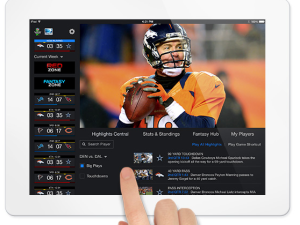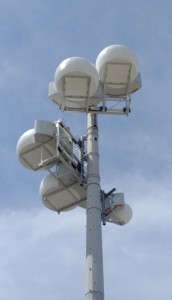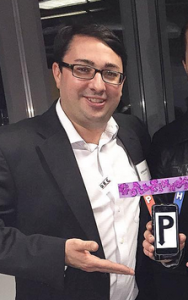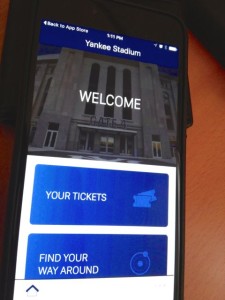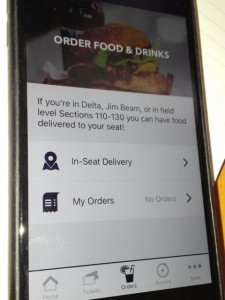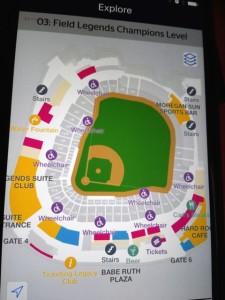Episode 3 of the STADIUM TECH REPORT PODCAST is live, in which hosts Phil Harvey and Paul Kapustka discuss the NFL’s Thursday Night Football streaming deal with Twitter, and what that deal means for both team stadium apps in particular and for mobile video use in general. Take a listen and let us know what you think!
SUBSCRIBE TO THE PODCAST: Here is the link to the podcast on iTunes!
